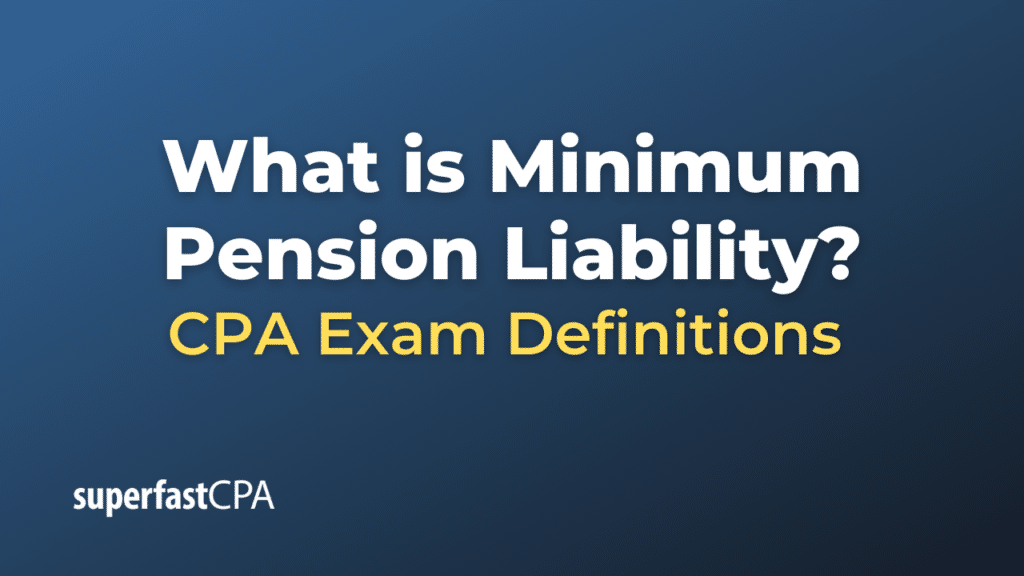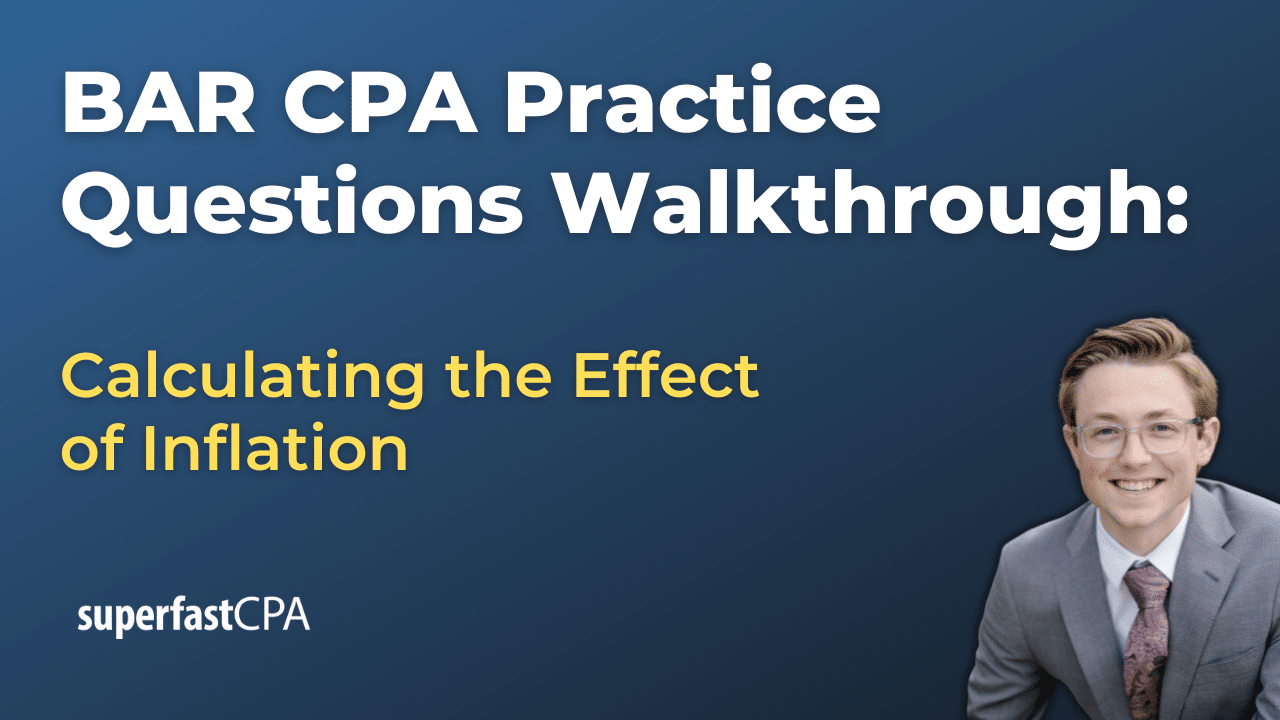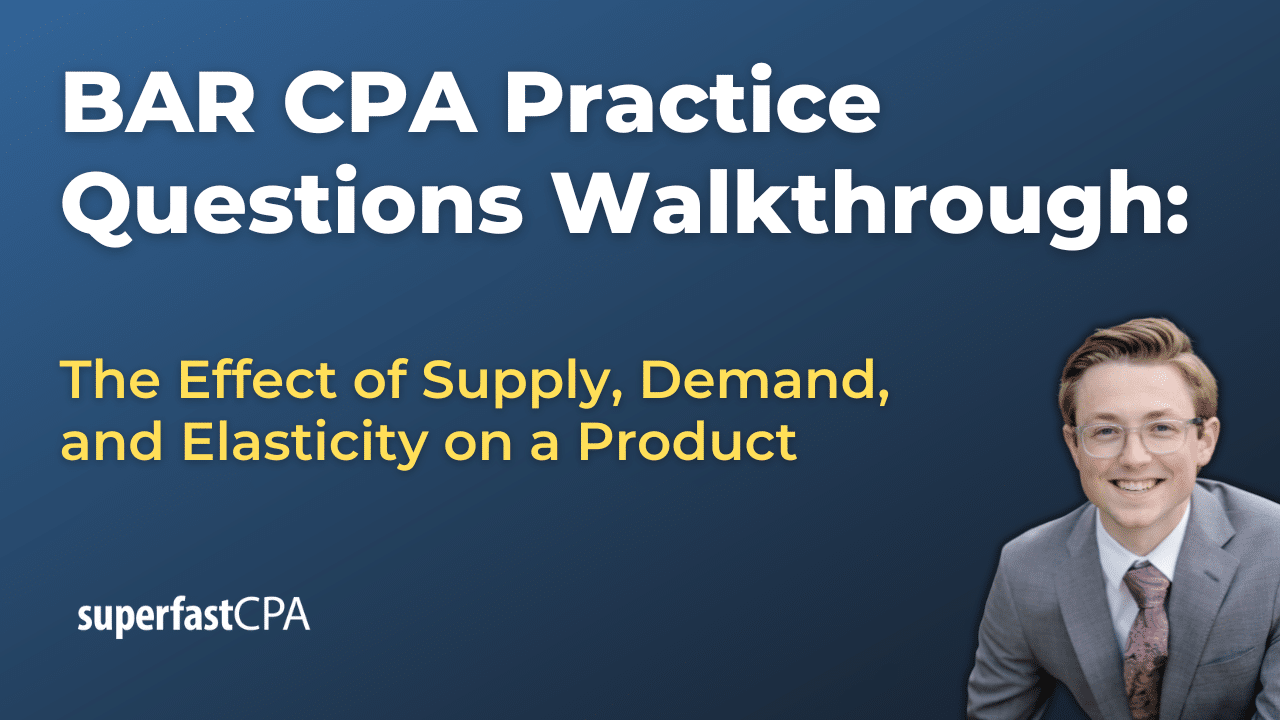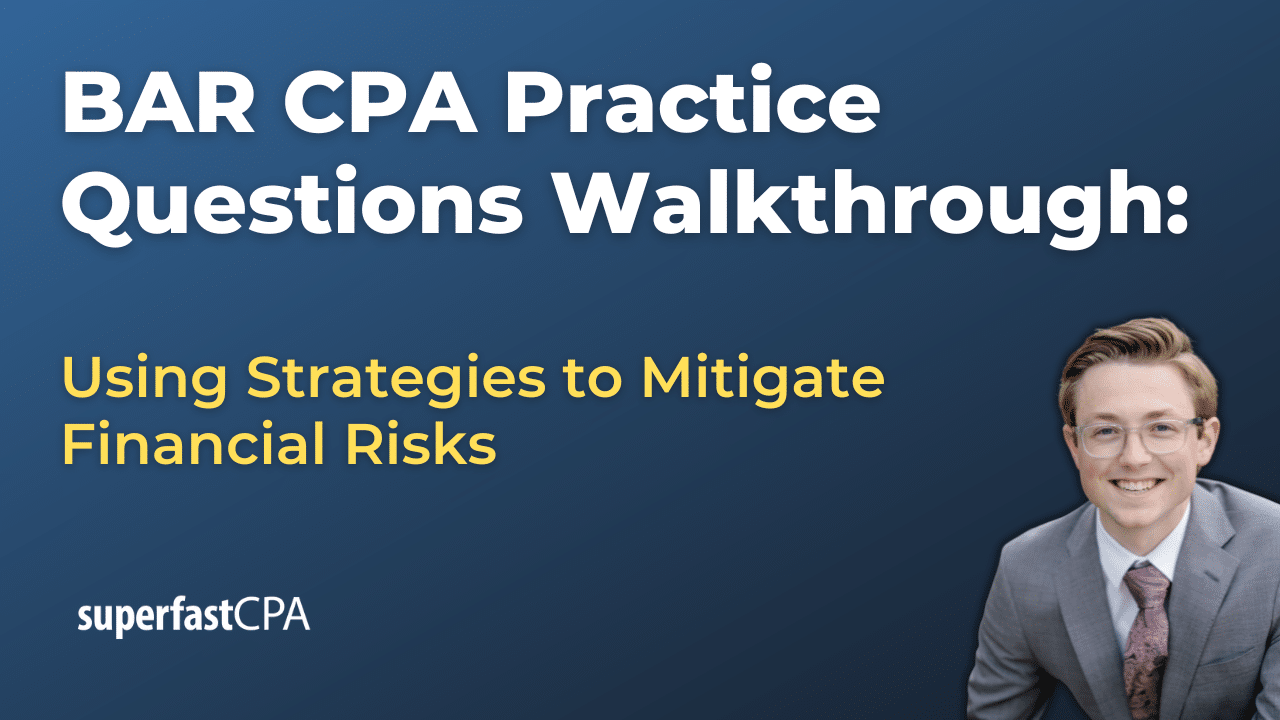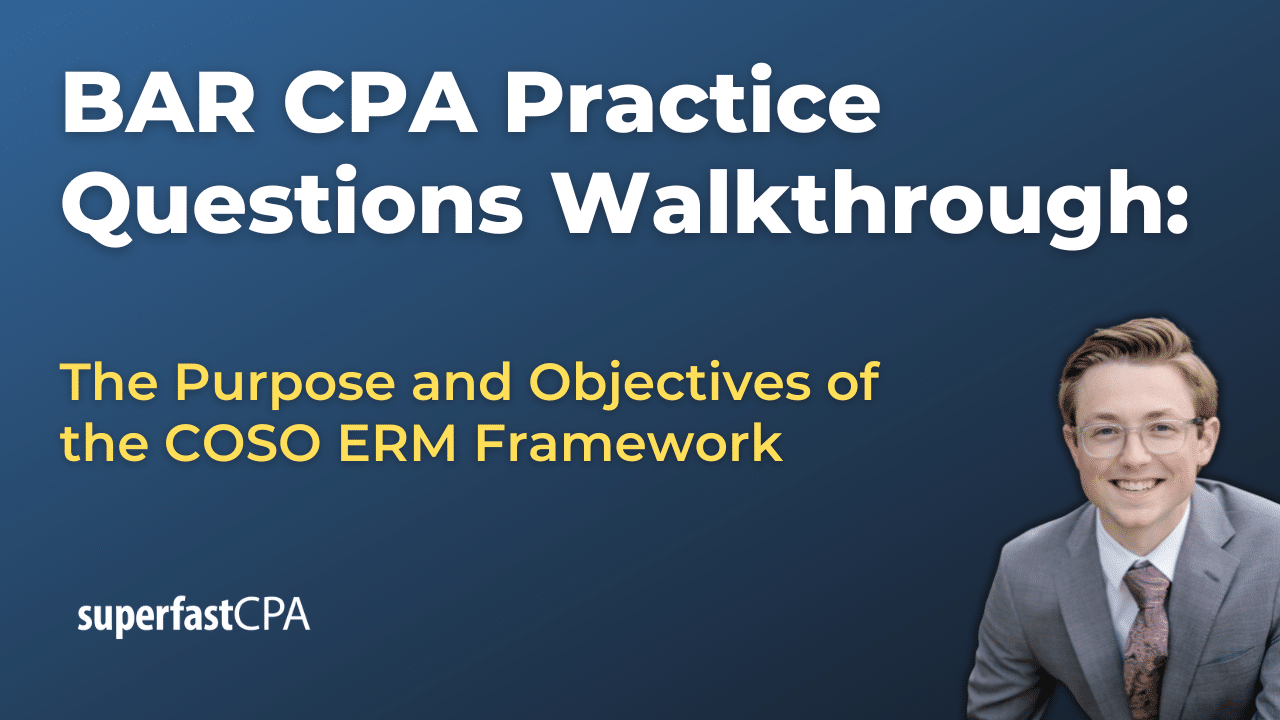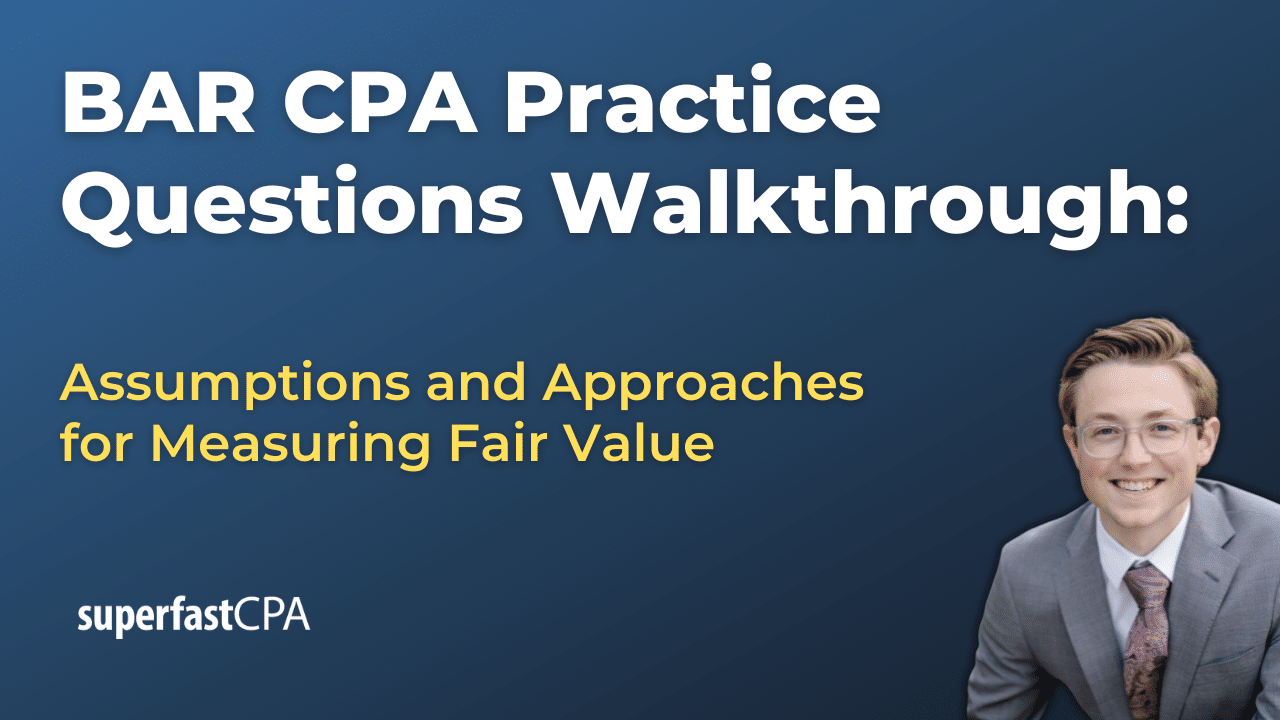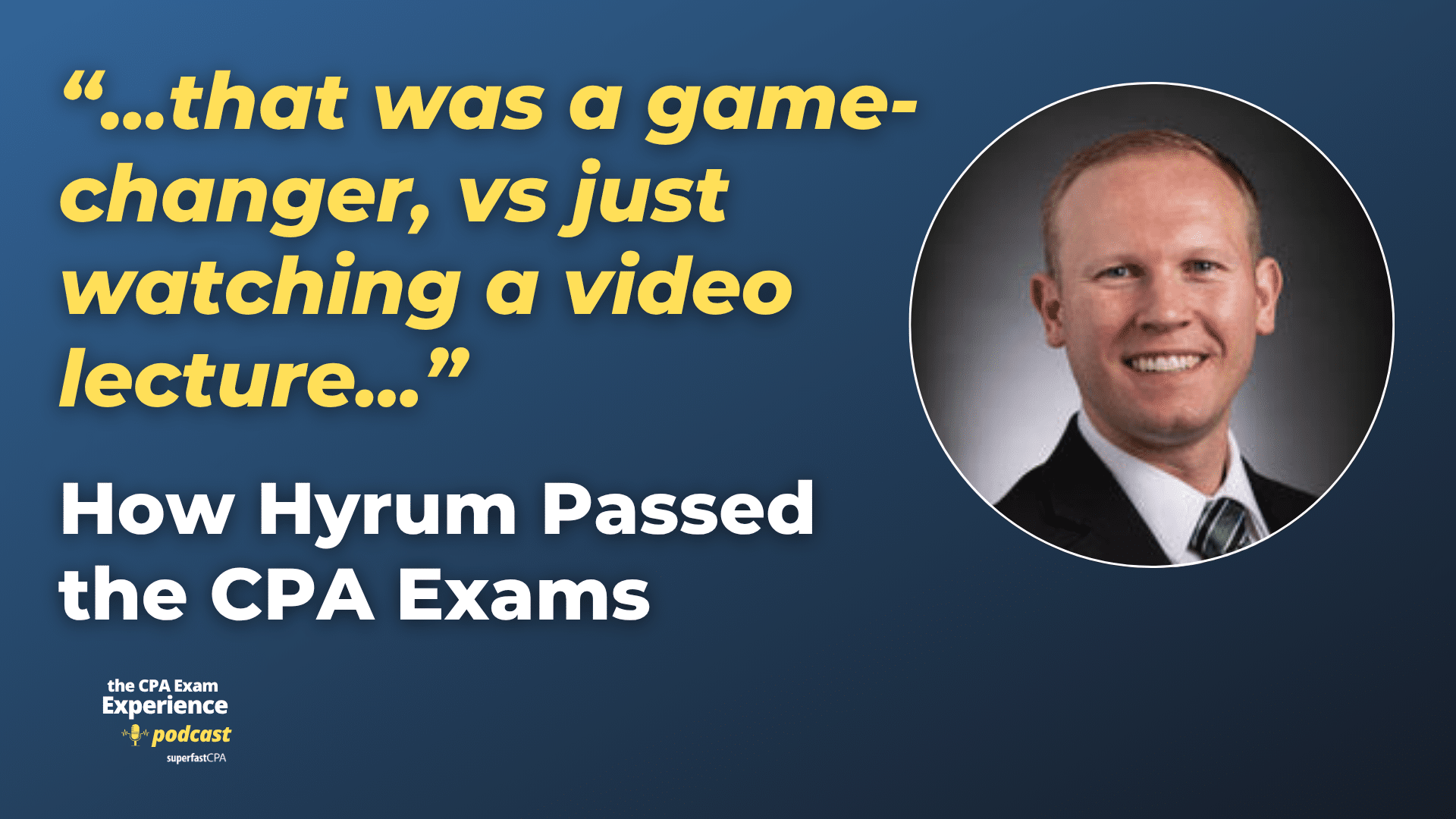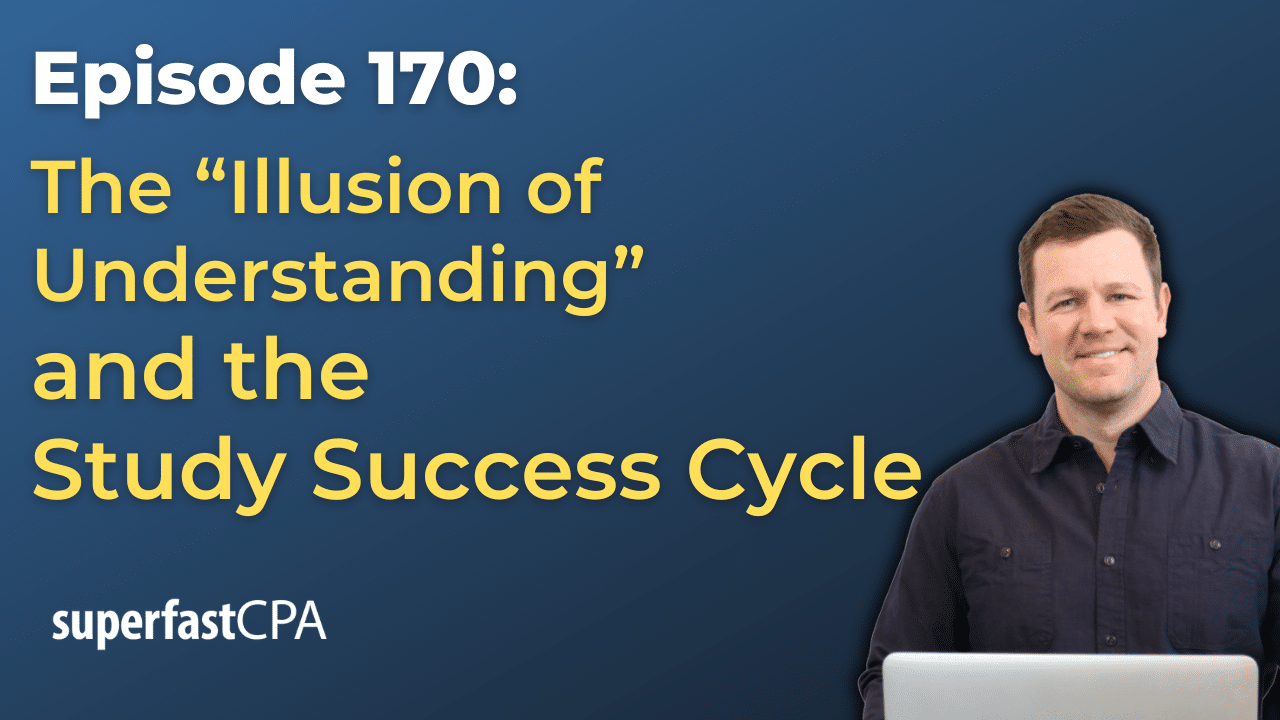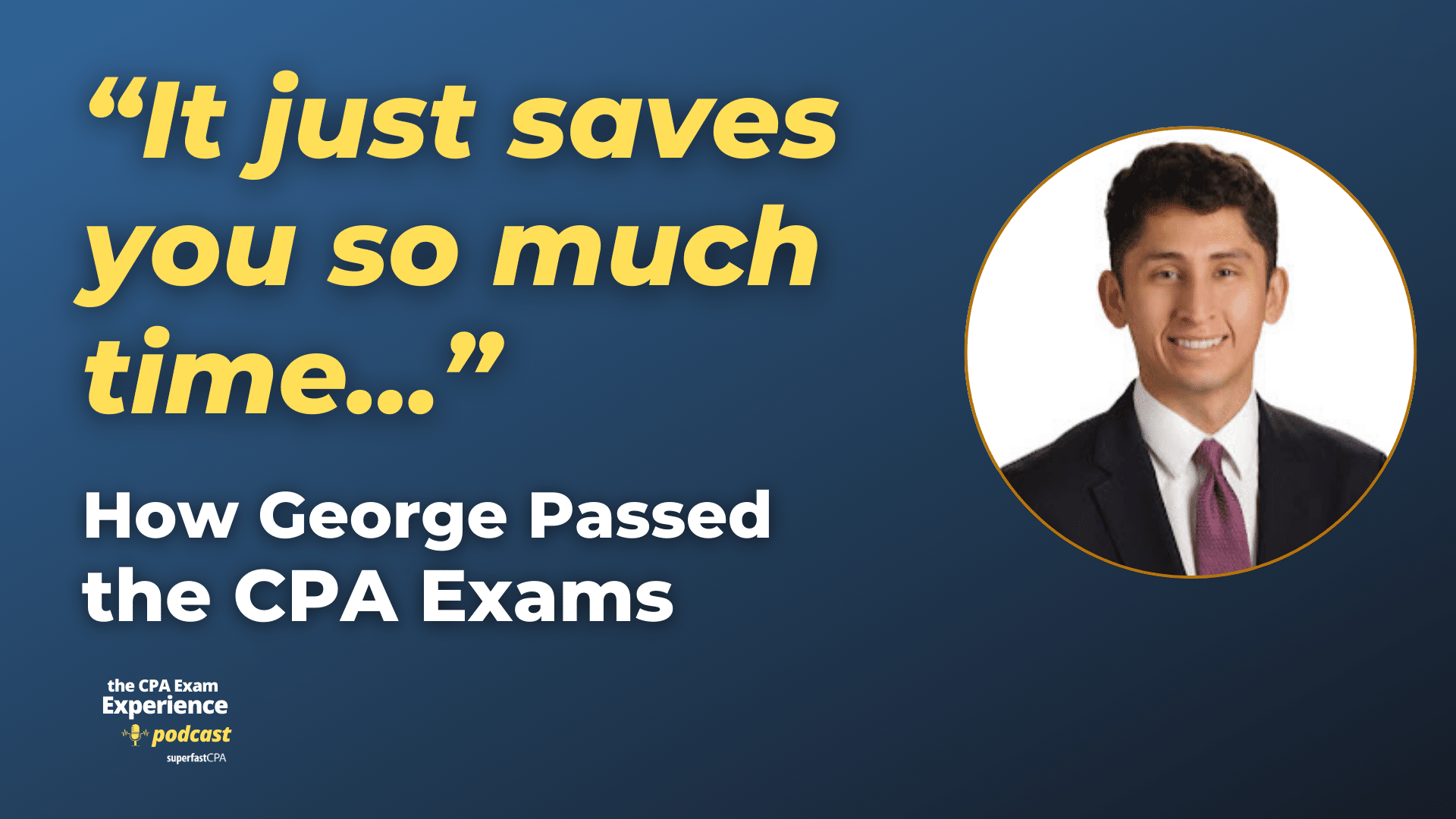Minimum Pension Liability
Minimum Pension Liability refers to a standard required by the Financial Accounting Standards Board (FASB) in the United States for companies that offer their employees defined benefit pension plans.
Under these types of plans, a company promises to pay its employees a specific amount upon retirement, based on factors such as years of service and salary. The company needs to estimate the present value of these future payments and record this as a liability on its balance sheet.
The Minimum Pension Liability is a calculation that comes into play when the pension plan is underfunded, meaning the pension fund does not have enough assets to meet the obligations for future pension payments. This happens when the accumulated benefit obligation (ABO), the present value of pensions owed to employees, exceeds the fair value of the plan’s assets.
When this occurs, the company is required to recognize an additional liability on its balance sheet to reflect the underfunded status of the plan. The excess of the ABO over the fair value of plan assets is reported as the Minimum Pension Liability.
The FASB’s Accounting Standards Update (ASU) 2017-07 has made substantial changes to the way companies account for pensions and other post-employment benefits (OPEB). The concept of the Minimum Pension Liability has been replaced with the “net periodic pension cost.” It’s always a good idea to consult the most recent accounting standards or a financial professional for the latest requirements.
Example of Minimum Pension Liability
Let’s imagine a hypothetical company, Company XYZ, which offers a defined benefit pension plan to its employees.
Let’s assume that the Accumulated Benefit Obligation (ABO), which is the present value of pensions owed to its employees based on their current and past service, is $500,000. This means that the company has promised to pay out $500,000 in pension benefits in the future.
Now let’s suppose that the fair value of the assets in the pension plan (e.g., stocks, bonds, etc. that have been set aside to pay for these pensions) is only $400,000.
Because the ABO exceeds the value of the plan’s assets, the plan is underfunded. The difference between the ABO and the plan assets is $100,000 ($500,000 – $400,000). This $100,000 is the minimum pension liability.
Under the previous FASB rules, Company XYZ would have to recognize this $100,000 liability on its balance sheet, increasing its total reported liabilities. This reflects the fact that the company may have to use its own assets to meet the pension obligations if the pension plan’s assets are insufficient.
FASB has made changes to the accounting for pensions, so the concept of minimum pension liability has been replaced with the concept of net periodic pension cost. However, the example illustrates the general principle of recognizing pension liabilities when a defined benefit plan is underfunded.

